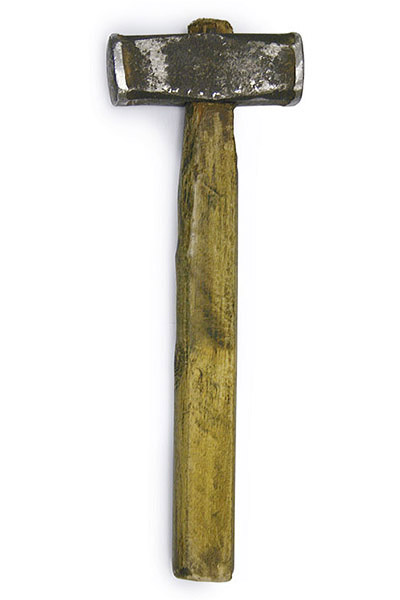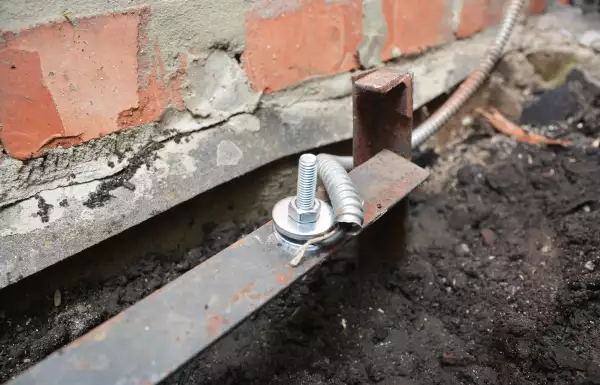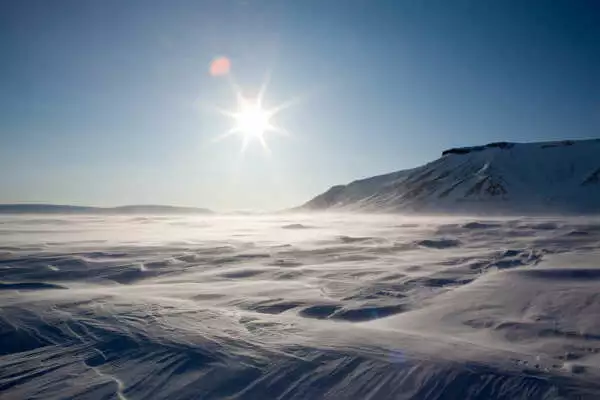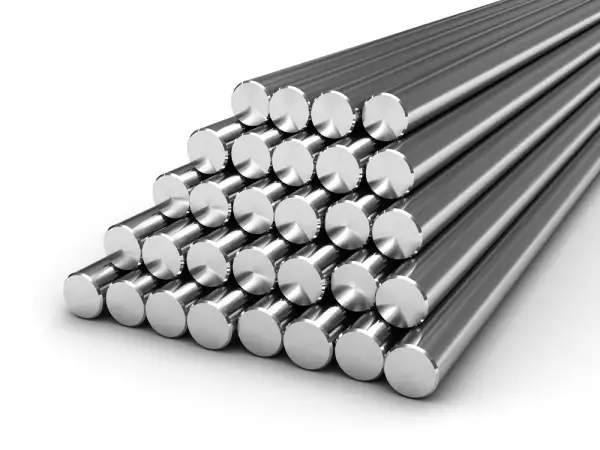
... from the book "Grounding: answers to questions"
Please tell what is the difference if the connecting wire is laid between the grounding electrodes at the depth of 0.5 m or on the surface?
============
Depth of 0.5 - 0.7 m arose from a typical "project", in which the following bases were used:
- In the central region of Russia / USSR the freezing depth = 0.5 - 0.7 meters.
- Calculation of the required number of vertical electrodes (angles) was held TOGETHER with the horizontal grounding / connection conductor, ie, its contribution to the overall ground resistance was taken into account.
Thus, buruing the conductor deeper the following objectives were achieved:
- The horizontal part of the ground electrode does NOT freeze in winter, so the grounding resistance does NOT increase in this period.
- The conductor and the ground electrode is NOT subjected to the weather influence (rain), and therefore they serve longer.
- At this depth, the conductor and the ground electrodes are NOT exposed to mechanical stress, and it means the safety of the device as a whole increases.
Useful materials:
- Grounding conductor with PVC insulation
- Copper-bonded wires
- Copper-bonded tape
- Modular grounding
- Consultations on the selection, design and installation of grounding and lightning protection
Related Articles:
 Why Cannot Vertical Earthing Devices Be Installed Close to Each Other?
Why Cannot Vertical Earthing Devices Be Installed Close to Each Other?
 Electrolytic Grounding in Permafrost Soils: Should Vertical of Horizontal Electrodes Be Used?
Electrolytic Grounding in Permafrost Soils: Should Vertical of Horizontal Electrodes Be Used?



